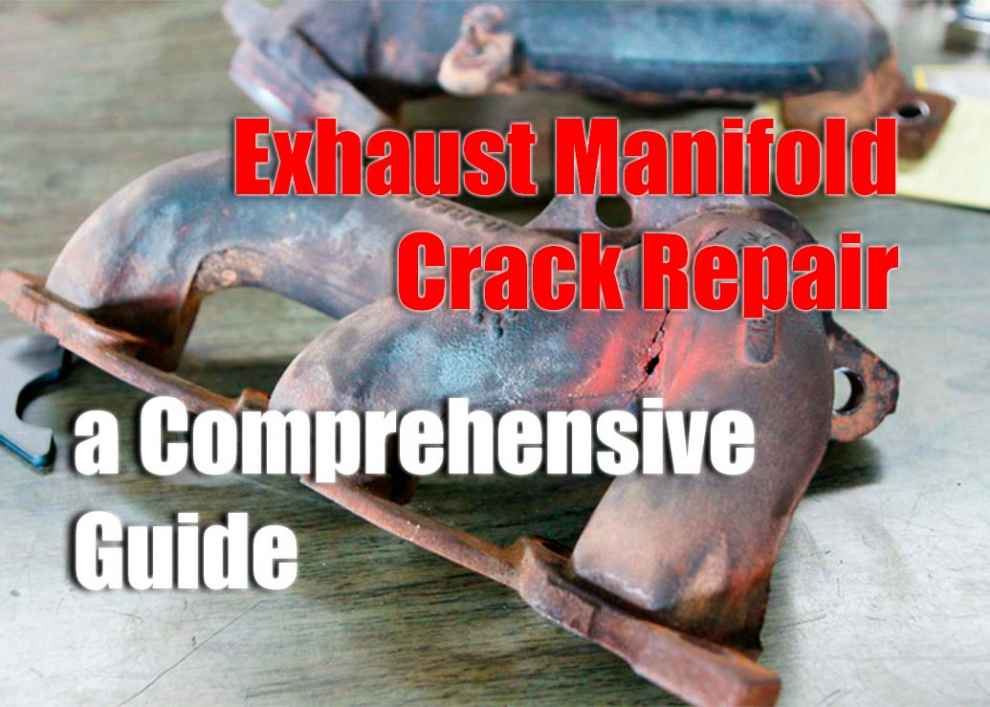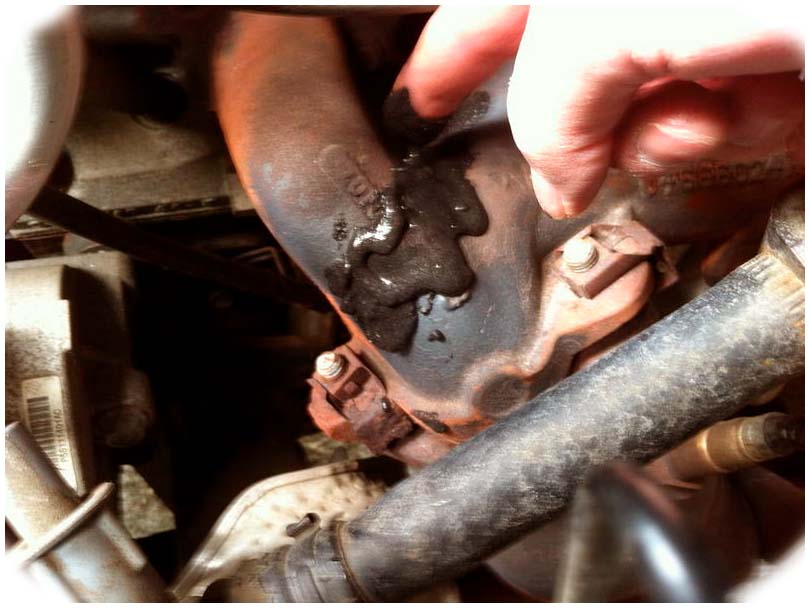If you own a Jeep, you already know that keeping your vehicle in top condition is essential to smooth operation and reliable performance. One important part of your vehicle’s main engine is the exhaust manifold, which can easily develop cracks over time due to age, wear and tear, and natural deterioration. If you have noticed a decrease in power and fuel efficiency or have heard an abnormal sound coming from your engine area recently, it may be time to inspect your exhaust manifold for any possible damage or cracking.
Causes of an Exhaust Manifold Crack
Several causes can result in an exhaust manifold crack. The most common are:
-
Age: As your vehicle ages, the metal of the exhaust manifold can corrode and weaken, resulting in a crack.
-
Wear & Tear: High temperatures generated by your engine and vibrations while driving can lead to excessive wear on the exhaust manifold, resulting in a crack over time.
-
Poor Maintenance: Not regularly checking and maintaining your vehicle will lead to wear and tear that is more likely to cause cracks in the exhaust manifold over time.
It is important to note that not all cracks are visible to the naked eye – they can also form in areas that are difficult to inspect. If not detected early and repaired promptly, exhaust manifold cracks can cause major engine damage resulting in costly repairs or replacement. Also read How to Clean Carbon out of Exhaust.
How to Identify a Cracked Exhaust Manifold
Identifying an exhaust manifold crack is relatively easy but requires some knowledge of what signs to look for when inspecting it manually or with an automotive scanner tool. Common signs include:
-
Visible Fractures/Cracks: Around the welds or on any part of the metal, you should be able to see clear signs of fracture, cracking, or other damage if you inspect closely enough with a magnifying glass or microscope if necessary.
-
Leaks/Smoke from Engine Compartment: If you notice smoke coming from around the exhaust manifold region when driving (which should be investigated immediately) or any visible signs of liquid leakage, this could be an indication that a crack is present.
-
Reduced Power/Fuel Efficiency: If your engine seems to lack power, stalls or takes longer than usual to start up, it may be due to an exhaust manifold crack that is causing air leaks and reducing the overall performance of your engine.
-
Abnormal Sounds: A rumbling sound coming from the exhaust manifold region can also be an indication that a crack is present.
How to Repair a Cracked Exhaust Manifold
The best way to repair an exhaust manifold crack depends on its severity and location. Minor cracks can usually be repaired with a welding torch and metal epoxy; however, if the damage is more extensive then it’s best to replace the entire unit with a new one. Here are some general tips for repairing an exhaust manifold crack:
-
Make sure you have all necessary safety equipment such as goggles and gloves before starting work on the car; these are especially important when using welding tools or chemicals like epoxy.
-
If you are welding, use filler rods specifically made for automotive applications, which will help ensure the welds last longer and remain strong.
-
Make sure the area around the crack is clean and free of debris before beginning work.
-
Use metal epoxy or a similar product to fill any minor cracks in the exhaust manifold and allow it to cure fully before proceeding with any further repairs.
-
When using welding tools on the exhaust manifold, be careful not to overheat or distort any areas as this can cause additional stress on the unit.
Prevention Tips for Avoiding Further Damage or Need for Repair
It is important to take certain precautions to avoid needing to repair a cracked exhaust manifold in your Jeep:
-
Check your vehicle’s exhaust system regularly for signs of wear and tear and make necessary repairs as soon as possible; even small problems can lead to larger ones if left unchecked.
-
Keep up with regular maintenance such as oil changes and tune-ups, which will help ensure your engine runs smoothly and efficiently, reducing strain on the exhaust system over time.
-
Invest in a quality performance air filter that will help reduce heat buildup inside your engine bay, protecting your vehicle’s components from excessive wear or damage due to high temperatures over time.
Conclusion
Although repairing an exhaust manifold crack is not always an easy task, it can be done relatively easily if you follow the steps outlined in this guide. With a little bit of knowledge and some patience, you will be able to repair or replace your exhaust manifold quickly and safely. Remember that prevention is always better than cure – make sure you keep up with regular maintenance on your Jeep to avoid any potentially costly repairs in the future.

 Age: As your vehicle ages, the metal of the exhaust manifold can corrode and weaken, resulting in a crack.
Age: As your vehicle ages, the metal of the exhaust manifold can corrode and weaken, resulting in a crack.
Add Comment